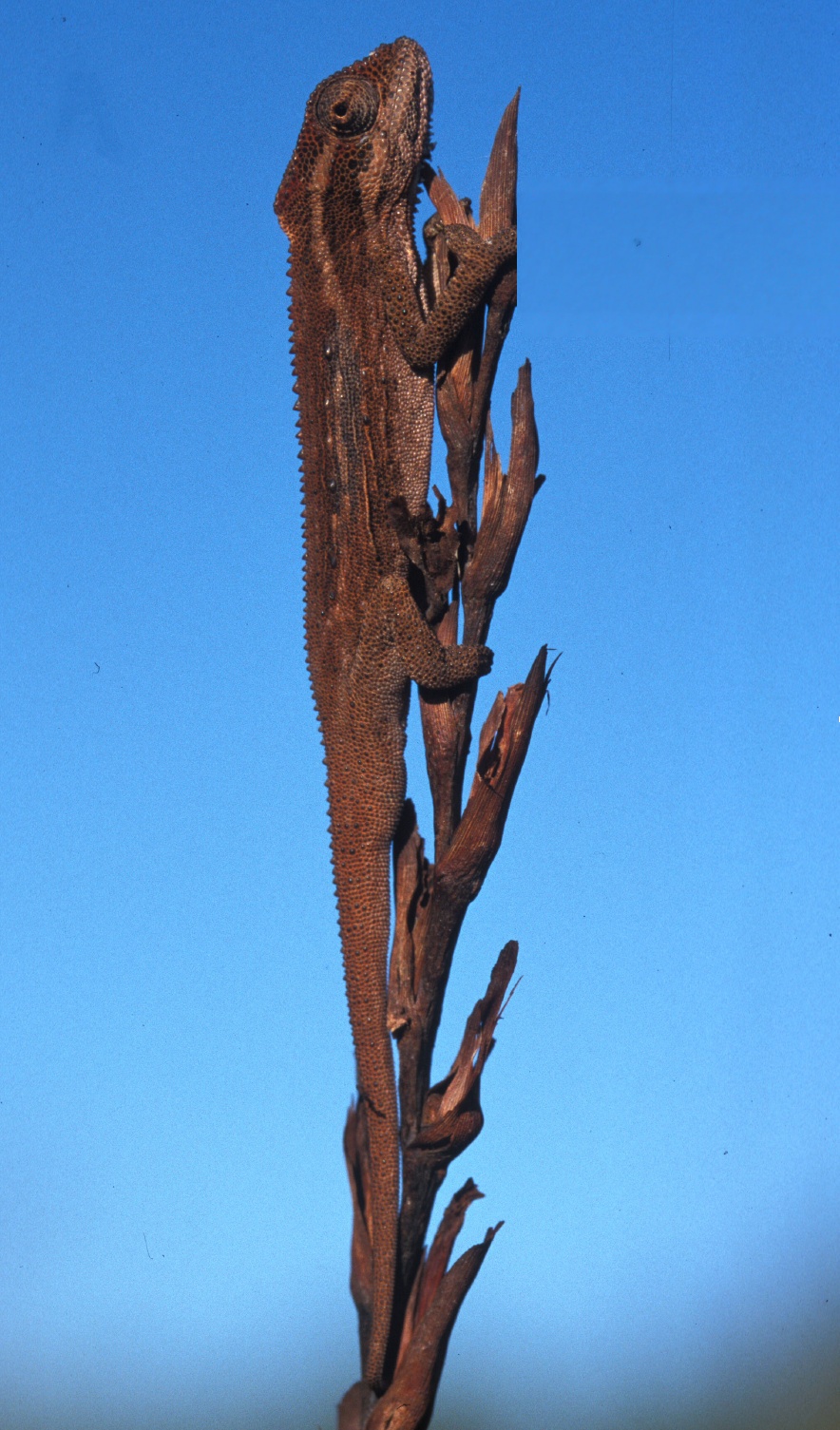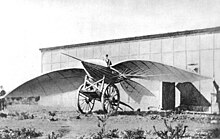Sun is THE MASTER CLOCK for all earthly beings, no doubt about that. (Of course having a clock and being punctual are two entirely different stories, we won't get into that now). We take a brief look at how living beings carry out their cellular functions punctually. Mammals have a built-in super synchronizer suprachiasmatic nucleus, (SCN) which coordinates and maintains a standard time for all cellular functions and set in motion the circadian rhythm. How do plants keep time? They directly receive their daily bread (via photosynsthesis) from the sun. But apart from that plants also have short term and long term ( daily and seasonal ) rhythms. Some flowers bloom with the early rays of Sun while others are literally late bloomers; there are even those which spread their fragrance exclusively during the night. Mangoes and litchies arrive only in summer, while ripe oranges flood the markets winter . So the question is do plants have a synchronizer? Or in other words, what is the SCN equivalent in plants.? Till now the general assumption has been that plants do have several built in clocks but they all keep their own local time and are not exactly synchronized. Sounds a bit chaotic, but then there were no evidence to prove otherwise. And without proof scientists don't take decide one way or the other.
20th November issue of Nature carries an interesting report by Endo et al on the circadian clocks operative in plants. Endo and team proceeded to take a closer look at the plant Arabidopsis thaliana. With a short life span and a small genome (135mbp), arabidopsis thaliana is roughly the vegetarian equivalent of the guinea pig in the lab.
20th November issue of Nature carries an interesting report by Endo et al on the circadian clocks operative in plants. Endo and team proceeded to take a closer look at the plant Arabidopsis thaliana. With a short life span and a small genome (135mbp), arabidopsis thaliana is roughly the vegetarian equivalent of the guinea pig in the lab.
Endo et al sought answers at molecular and genetic level on the circadian rhythms in arabidopsis thaliana. The team separately analysed three main cell lines in the leaf: the epidermal cells on the surface , the mesophyll cells underneath , which run the photosynthesis factory and then the vasculature cells responsible for the plumbing system. This is important because, even when the solar factory is closed for the day, the plumbing system continues to do the logistics work Endo and team monitored the gene expression and level of specific marker proteins in vivo and also in vitro for these three types of tissues. It was found that the mesophyll and vasculature clocks function independently but are not altogether uncoupled. Plants have two loops of cellular activity, the day loop and the night loop. The genes responsible for rhythmic behaviour in the mesophyll tissue are active during day time and those in the vasculature tissues report for duty during the evening hours. The day partollers must be leaving telltale signs for the night patrollers. The team also found that the vasculature clock has the upper hand and controls the physiological responses of the plant as a whole. They suggest that the vasculature and mesophyll clocks are akin to the central and peripheral clocks in mammals or evening and morning cells in drosophila
Tailpiece
Acharya Jagadish Chandra Bose was one of the first to suggest that plants have life and that they responded to various stimuli including light and dark cycles through electrical impulses. In 1902 Bose compiled his experiments, observations and conclusions and published Response in the living and non-living . This book (currently available an e-book in public domain, thanks to the Project Gutenberg), carries complete details of the simple, elegant and extensive studies.
Tailpiece
Acharya Jagadish Chandra Bose was one of the first to suggest that plants have life and that they responded to various stimuli including light and dark cycles through electrical impulses. In 1902 Bose compiled his experiments, observations and conclusions and published Response in the living and non-living . This book (currently available an e-book in public domain, thanks to the Project Gutenberg), carries complete details of the simple, elegant and extensive studies.
References:
1. Response in the Living and the non-Living : J.C. Bose
2. Time specific clocks in Arabidopsis show assymmetric coupling. Endo et al Nature, 20th Nov. 2014 p419-422.
3. Spontaneous spaciotemporal waves of gene expression from biological clocks in the leaf : Wenden B et al Proc. Natl. Acad. Sci.(USA),109, 6757-6762 (2012)
4. The circadian clock in Arabidopsis is a simplified slave version of the clock in shoots.James, A.B. et al Science 322, 1832-1835(2008)












